- Published on
Missile Defense Systems of the World: An Overview
- Authors

- Name
- Gagan Narwal
- @gaganjyotn

- Name
- Avneet Singh
- @sshmatrix_
Missile Defense Systems
Geopolitical tensions and regional conflicts are frequently escalating, as proven in the Gaza-Palestine and Russia-Ukraine cases. Nations are increasingly investing in missile defense systems. These advanced technologies are designed to detect, track, and neutralise incoming missiles and other aerial threats to provide critical security for both military and civilian targets. Missile defense systems vary in complexity and effectiveness, largely influenced by technological sophistication and the specific threats they are designed to counter.
The development of modern missile defense systems can be traced back to World War II. The German V-2 rocket prompted the Allies to enhance their capabilities. In the early Cold War years, there was increased interest in developing dedicated missile defense systems. The United States initiated several programs, including the Nike Ajax (1953) and its successor, the Nike Hercules (1958), which were designed to intercept incoming enemy bombers and missiles. However, it was the 2000s that gave missile defense systems the necessary thrust. After 9/11, the USA shifted its priorities and dedicated significant resources by establishing a Missile Defense Agency. Here we shall explore some of the missile defense system of USA and other countries that are at the forefront of these technologies.
USA: Pioneering Missile Defense Technology
The United States is home to several advanced missile defense systems, each tailored for specific operational needs.
- Ground-Based Midcourse Defense (GMD): This system is specifically designed to intercept intercontinental ballistic missiles (ICBMs) during their midcourse phase, when they are traveling outside the Earth’s atmosphere. GMD relies on a network of ground-based interceptors and a sophisticated sensor system.
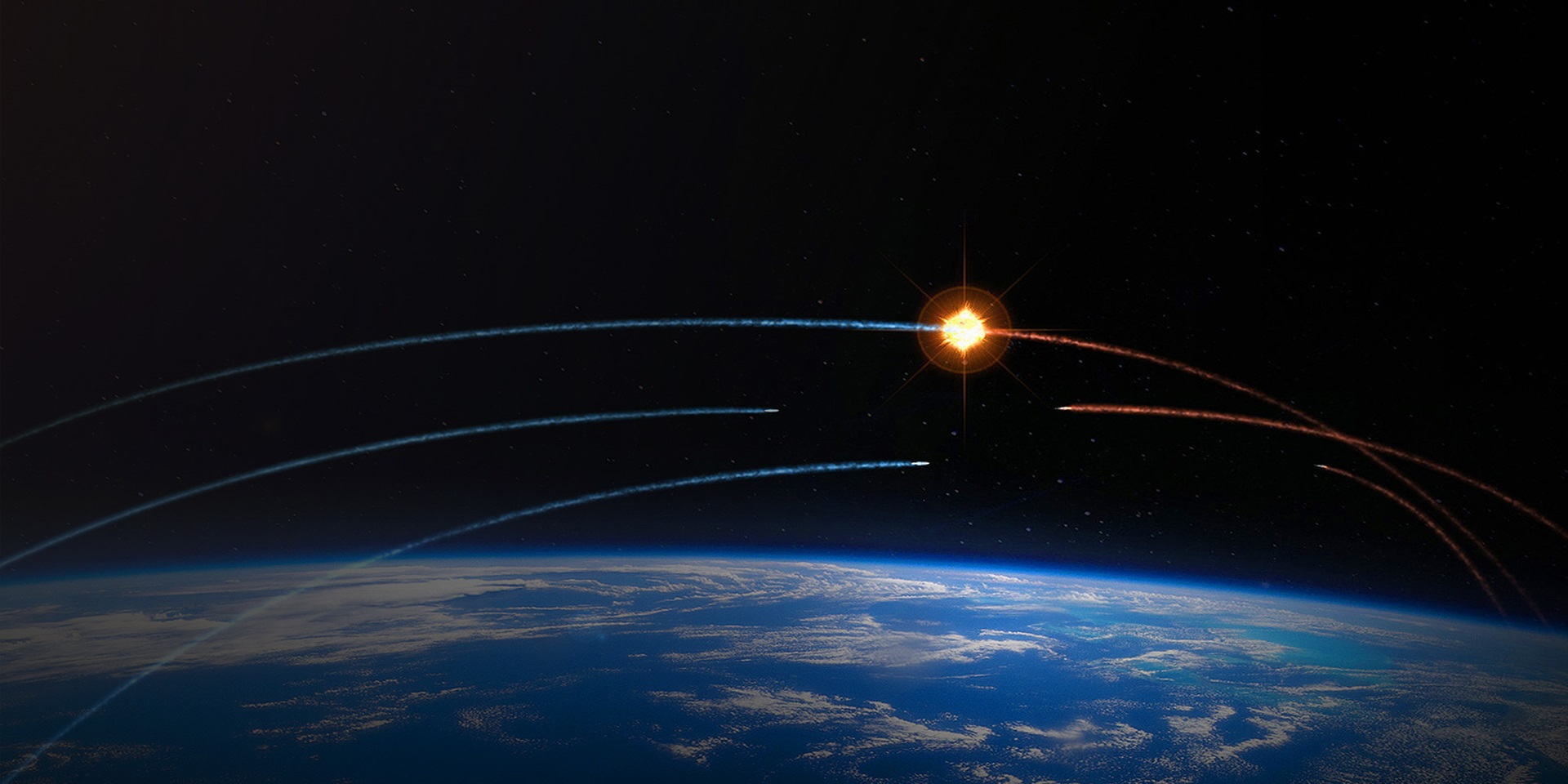
- Aegis Ballistic Missile Defense (BMD): Deployed on Navy ships, Aegis BMD is a sea-based system capable of intercepting short, medium, and intermediate-range ballistic missiles. Its mobility and integration with the naval fleet provide a versatile defense mechanism.
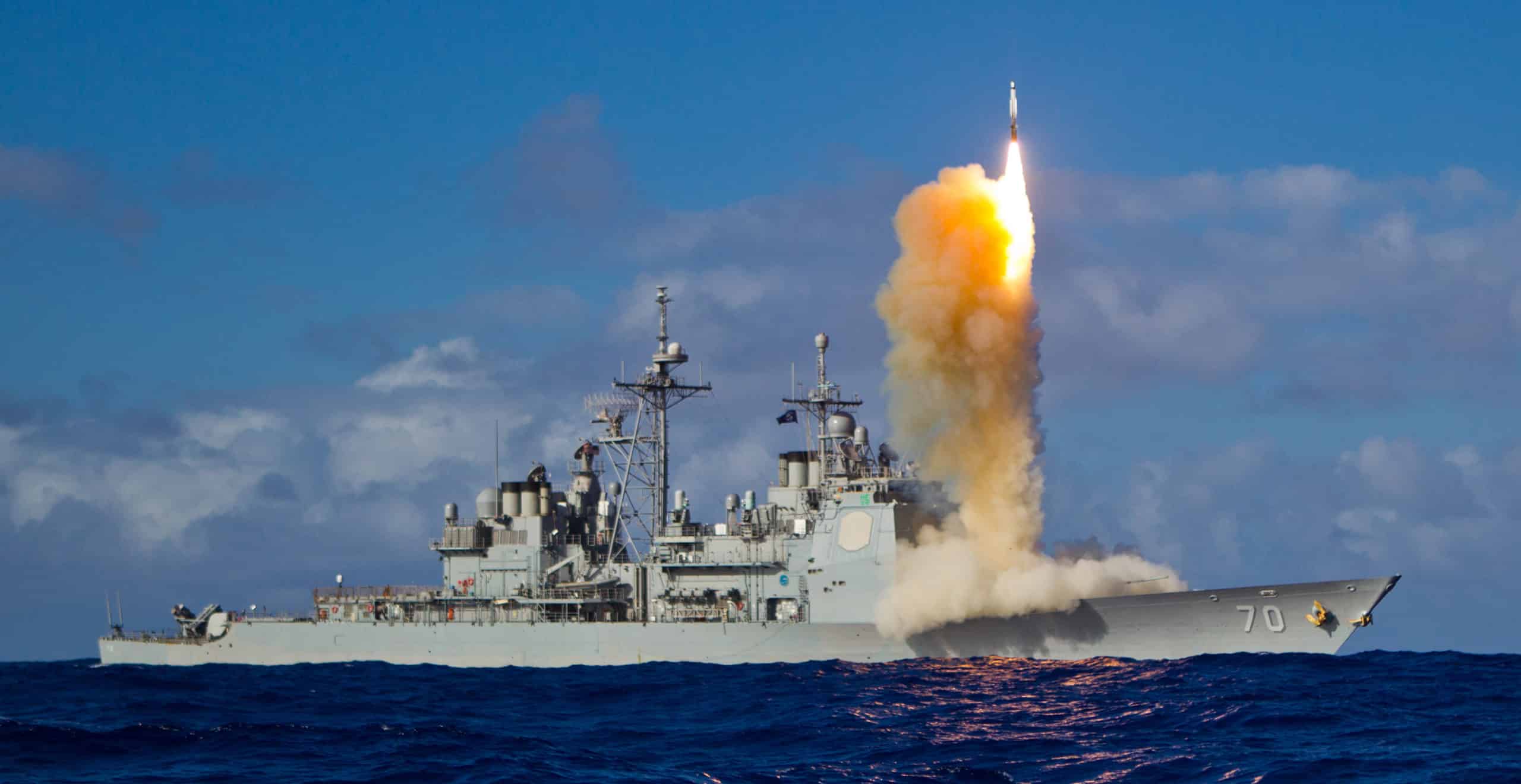
- Terminal High Altitude Area Defense (THAAD): THAAD is designed to intercept short, medium, and intermediate-range ballistic missiles during their terminal phase of flight. Its effectiveness lies in its ability to shoot down incoming threats at high altitudes, thus minimising the risk of collateral damage.
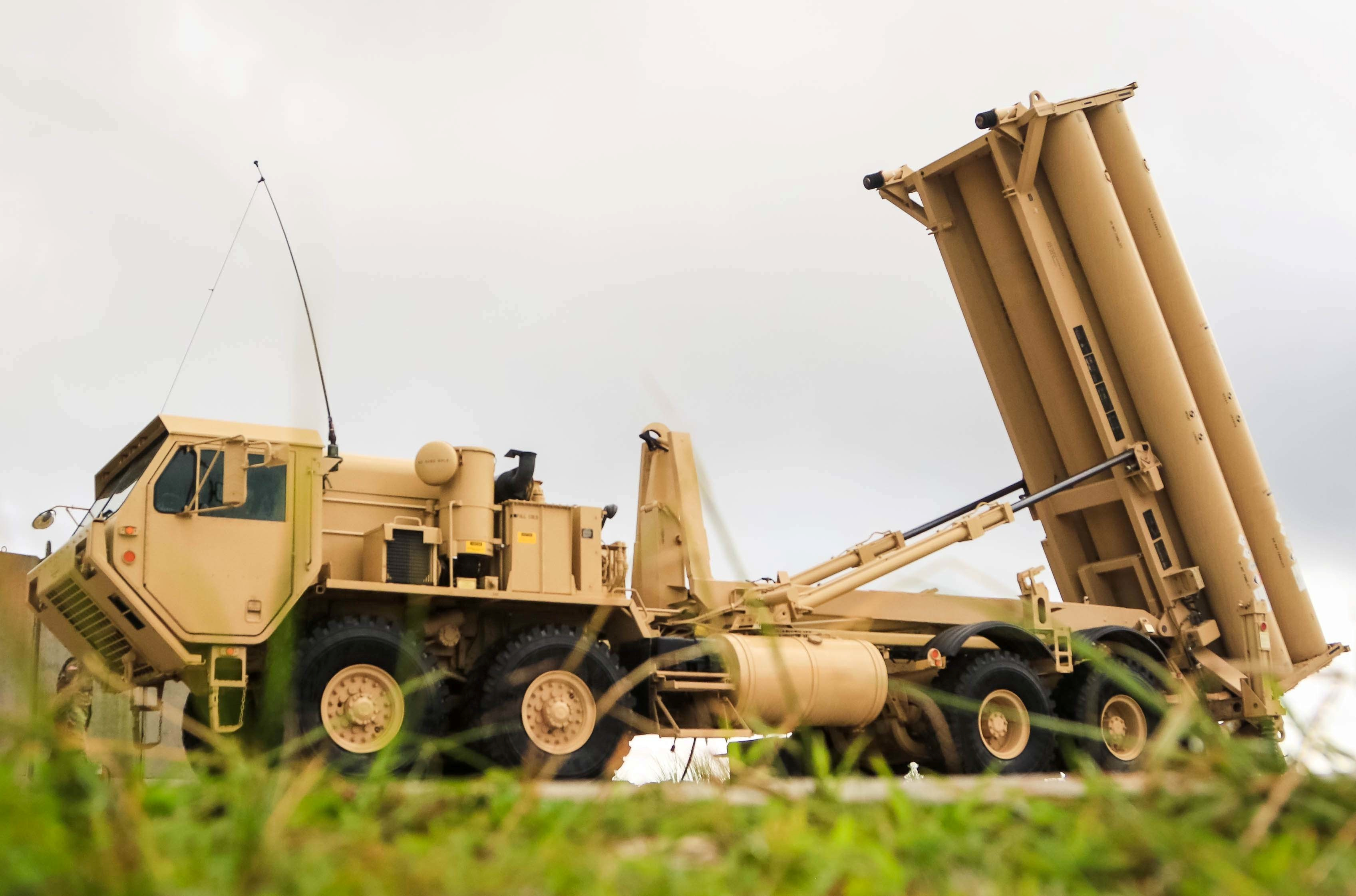
- Patriot Advanced Capability-3 (PAC-3): This system is primarily focused on defending against tactical ballistic missiles, cruise missiles, and advanced aircraft. The PAC-3’s high rate of fire and advanced targeting capabilities make it a key asset in various combat scenarios.
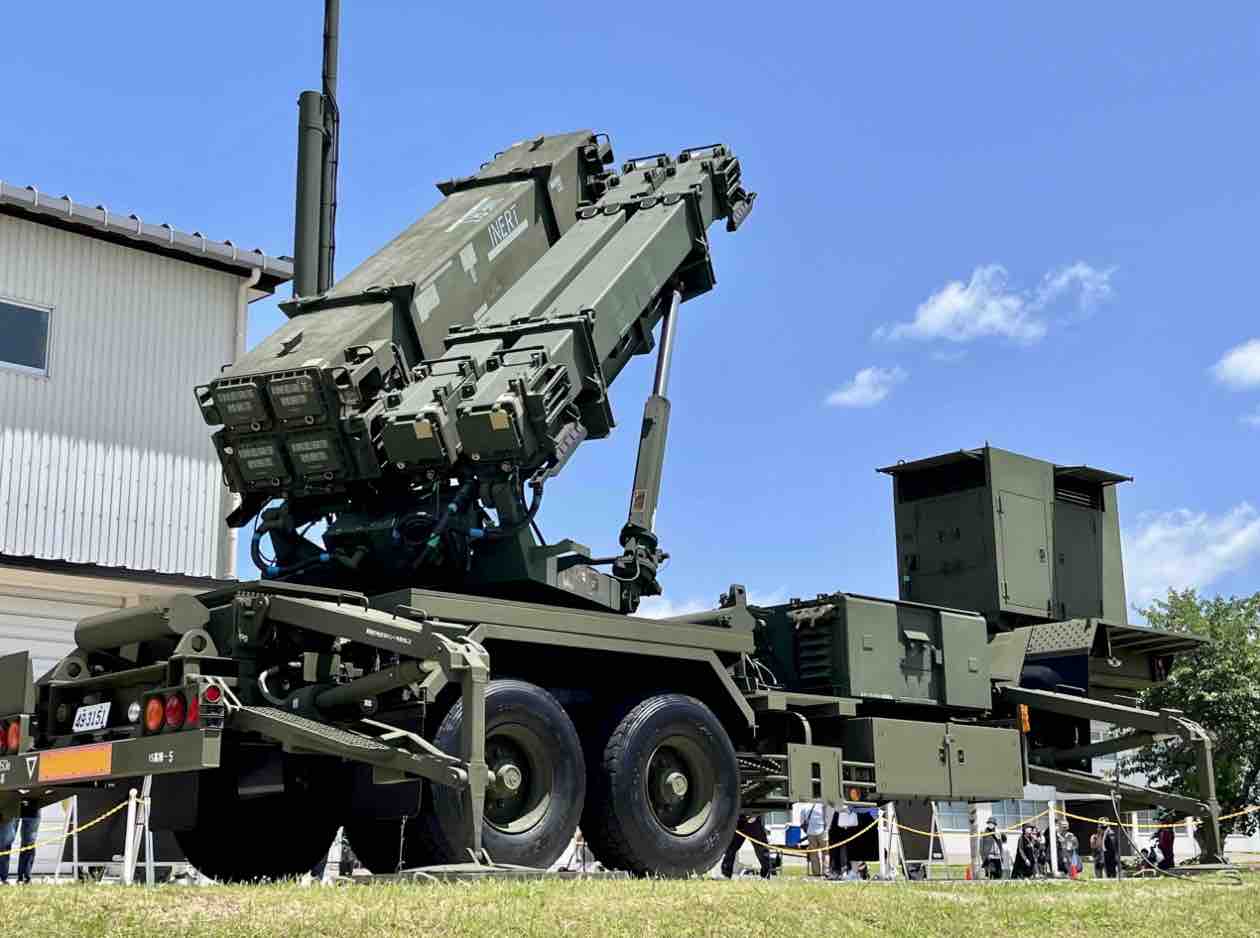
- Space-Based Infrared System (SBIRS): While not a missile interceptor itself, SBIRS plays a crucial role in early warning and tracking missile launches through its network of space-based infrared sensors. This capability enhances situational awareness and response times.
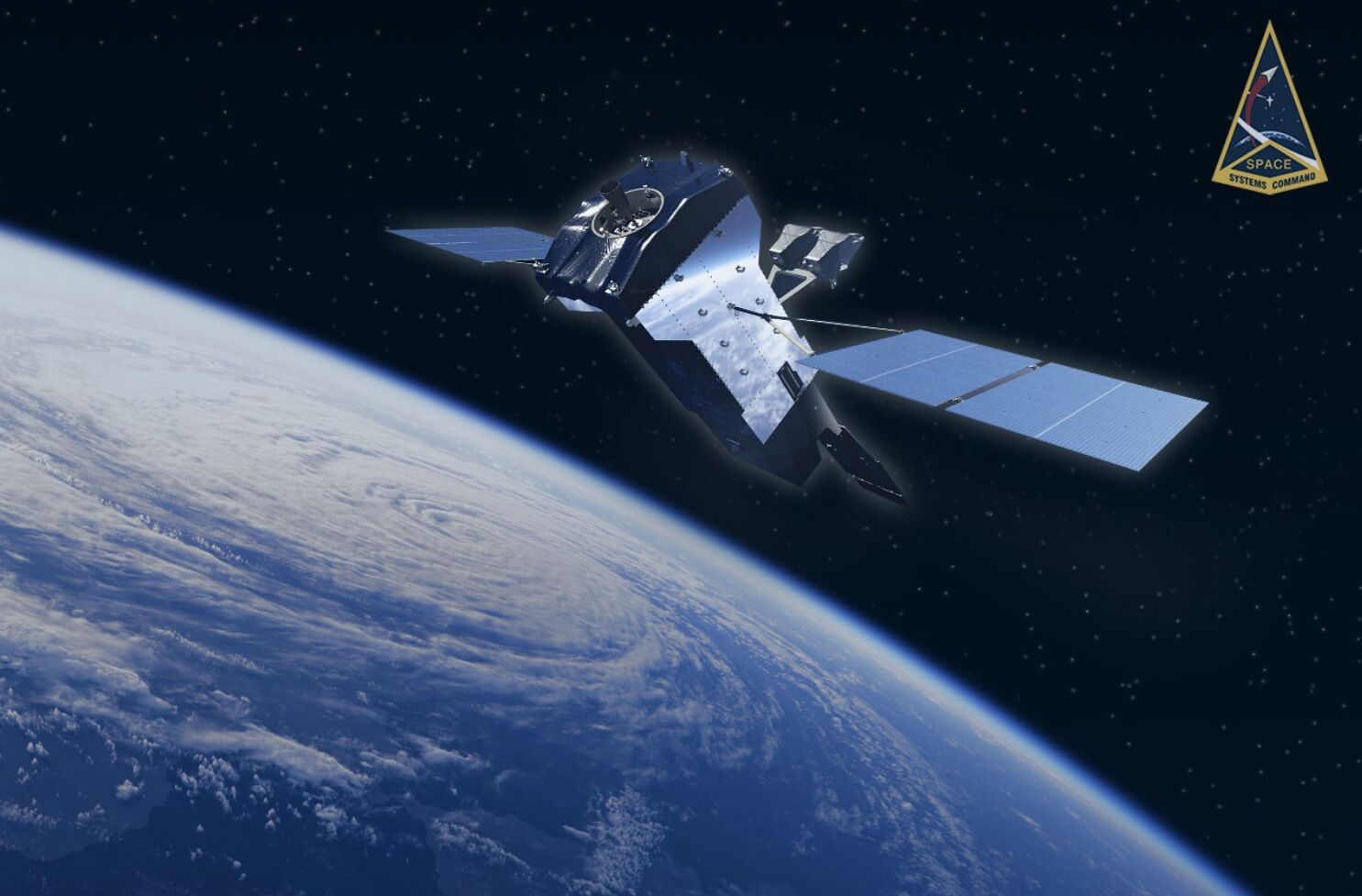
ISRAEL: The Iron Dome and Beyond
Israel’s unique security challenges have driven the development of highly effective missile defense systems.
- Iron Dome: Perhaps the most well-known of Israel’s defense systems, Iron Dome intercepts and destroys short-range rockets and artillery shells, providing critical protection for urban areas. Its ability to differentiate between threats that require interception and those that do not minimises unnecessary engagements.
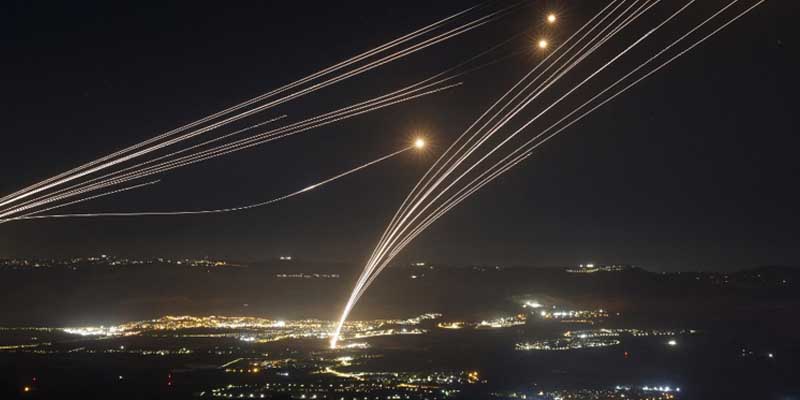
- David’s Sling: Designed to intercept medium to long-range rockets and missiles, David’s Sling provides a complementary layer to Iron Dome, addressing threats that exceed its range.
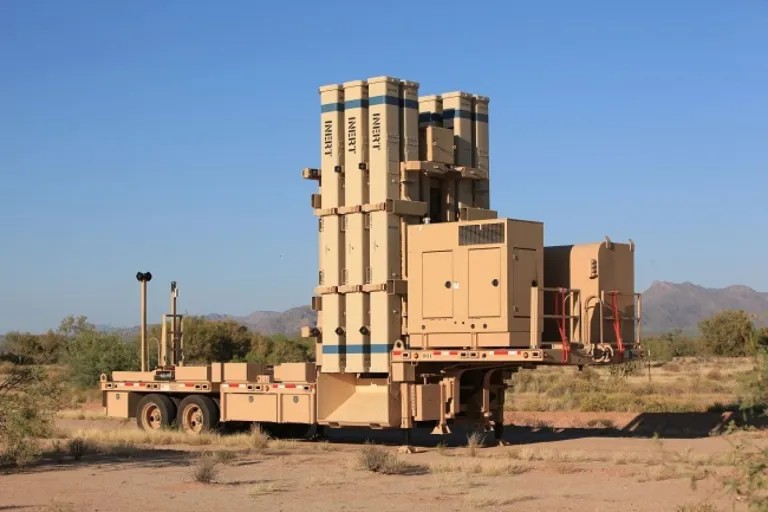
- Arrow 2 and Arrow 3: These systems target medium- and long-range ballistic missiles. Arrow 3 is particularly notable for its higher altitude and range capabilities, allowing it to intercept threats at greater distances from Israeli territory.
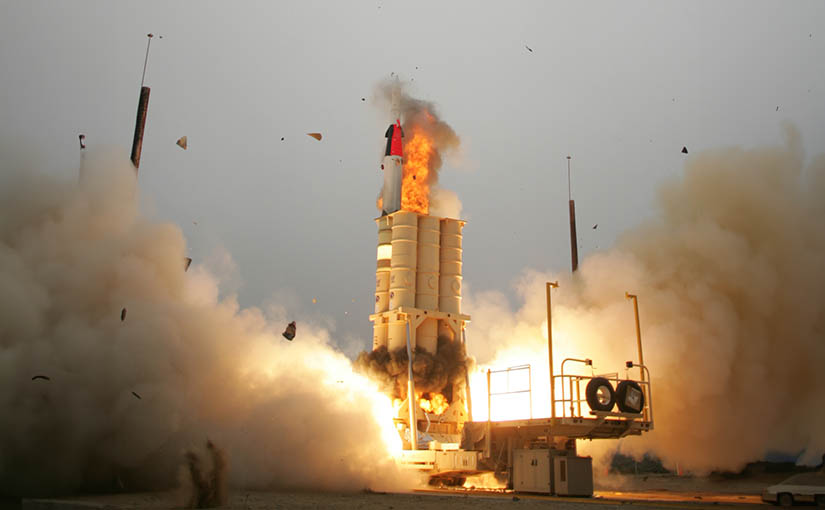
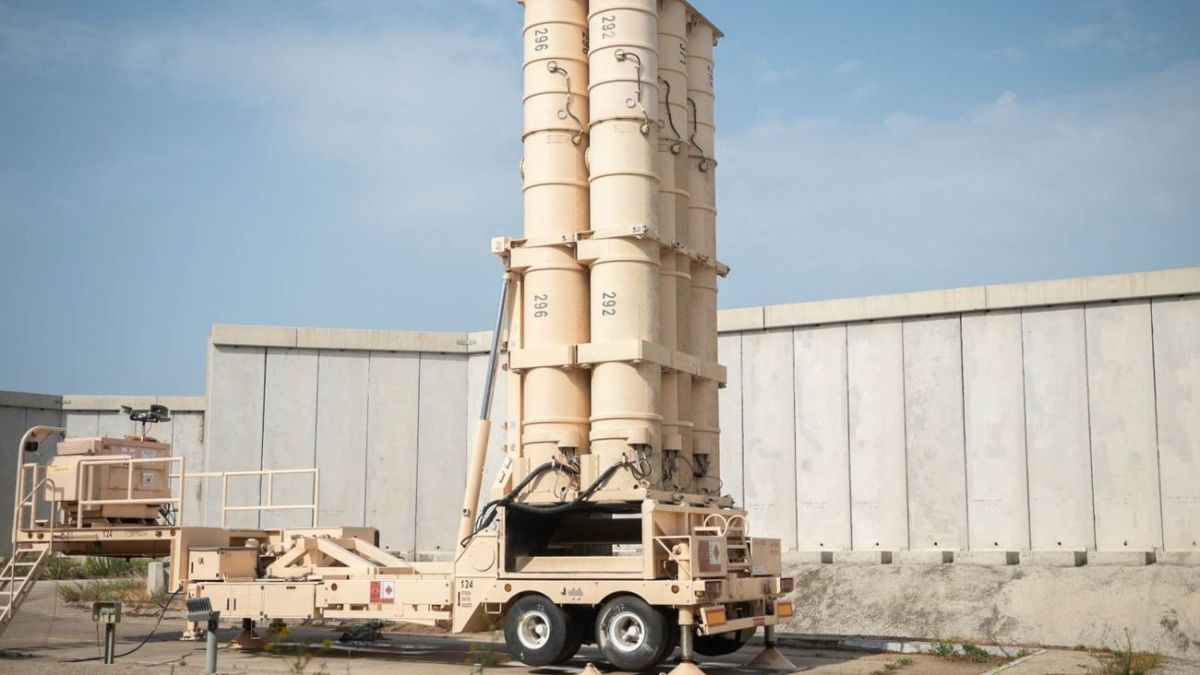
RUSSIA: The S-400 Triumf
Russia’s military capabilities are significantly bolstered by its advanced missile defense systems. The S-400 Triumf is a long-range air defense system capable of engaging a variety of targets, including aircraft, cruise missiles, and ballistic missiles. Its integration with a network of radar systems allows for effective tracking and engagement of multiple threats simultaneously, making it a formidable deterrent.
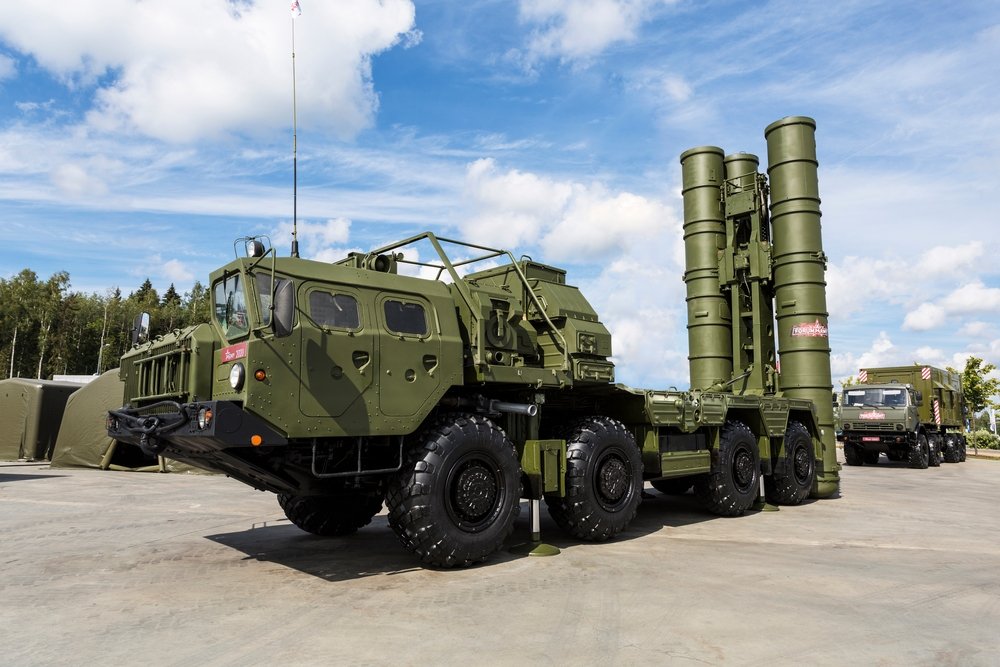
CHINA: Emerging Power in Missile Defense
China is rapidly expanding its missile defense capabilities with systems like the HQ-9 and HQ-16. The HQ-9 is a surface-to-air missile system designed to target aircraft, cruise missiles, and ballistic missiles, while the HQ-16 provides medium-range air defense, enhancing China’s overall defensive posture against aerial threats.
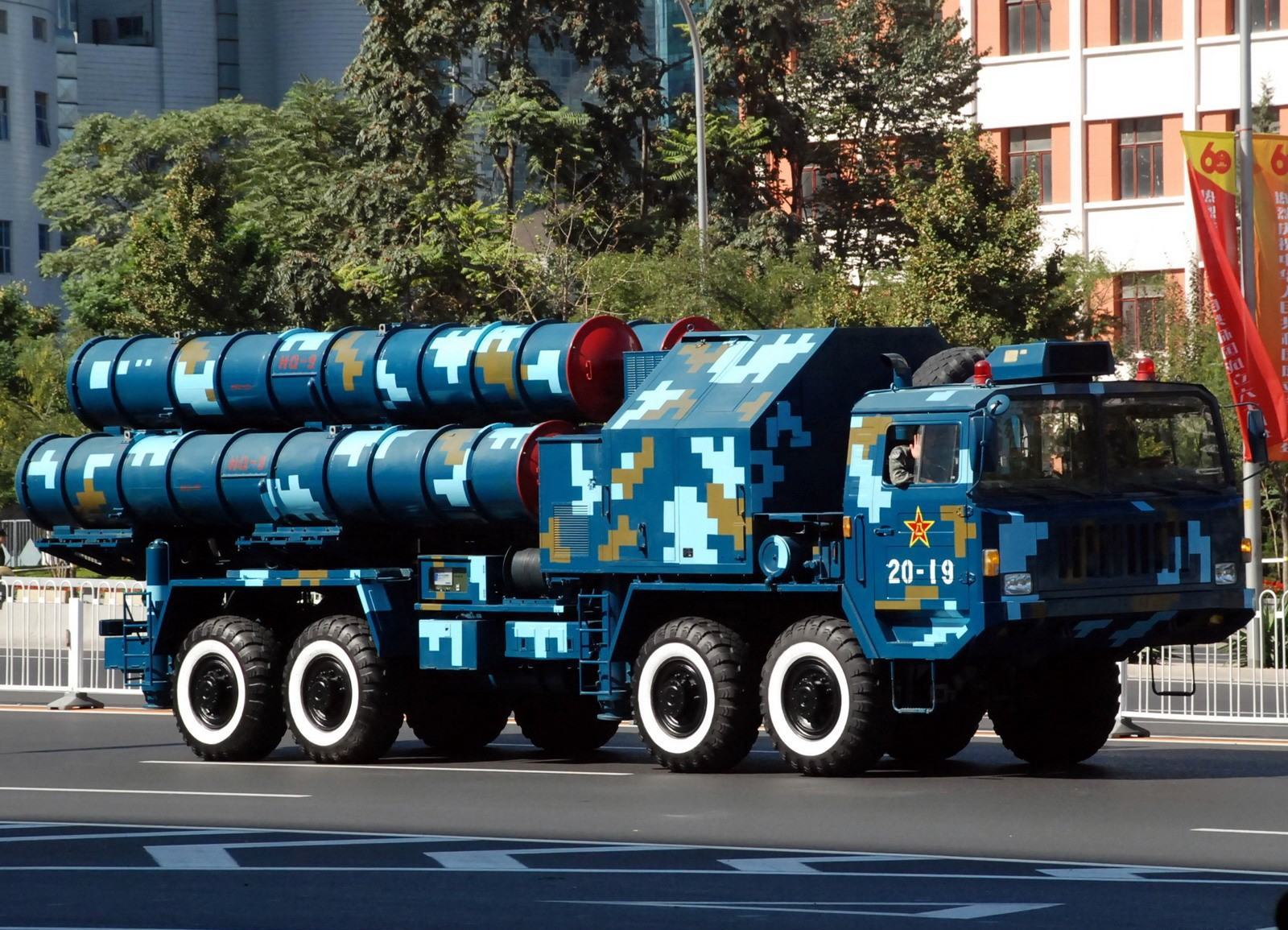
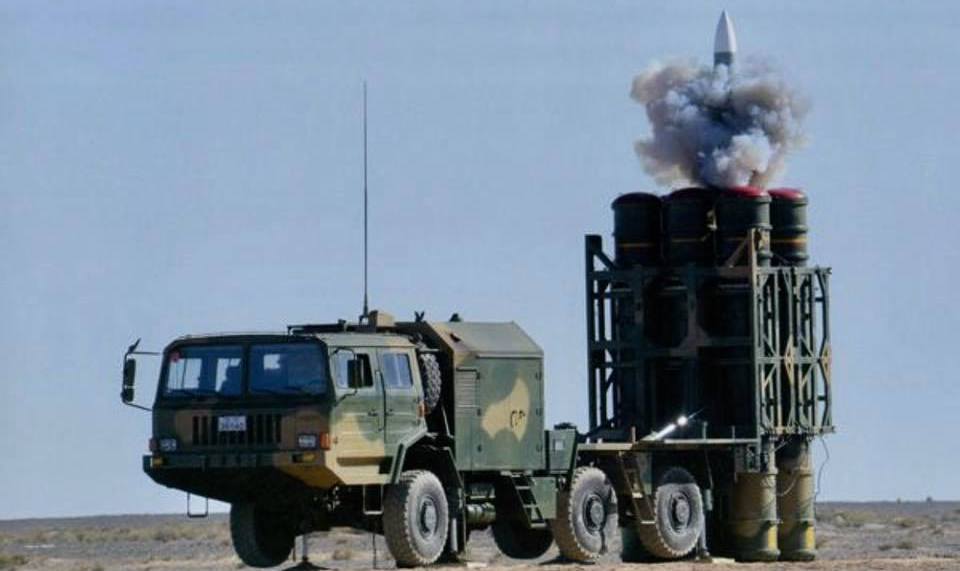
INDIA: Growing Capabilities in Defense
India is also investing heavily in missile defense systems to counter regional threats. The Akash is a medium-range surface-to-air missile system designed to protect against both aircraft and missiles. Additionally, the Prithvi Air Defence (PAD) and Advanced Air Defence (AAD) systems work in tandem, with PAD focused on high-altitude ballistic missile interception and AAD designed for lower altitudes, creating a comprehensive layered defense.
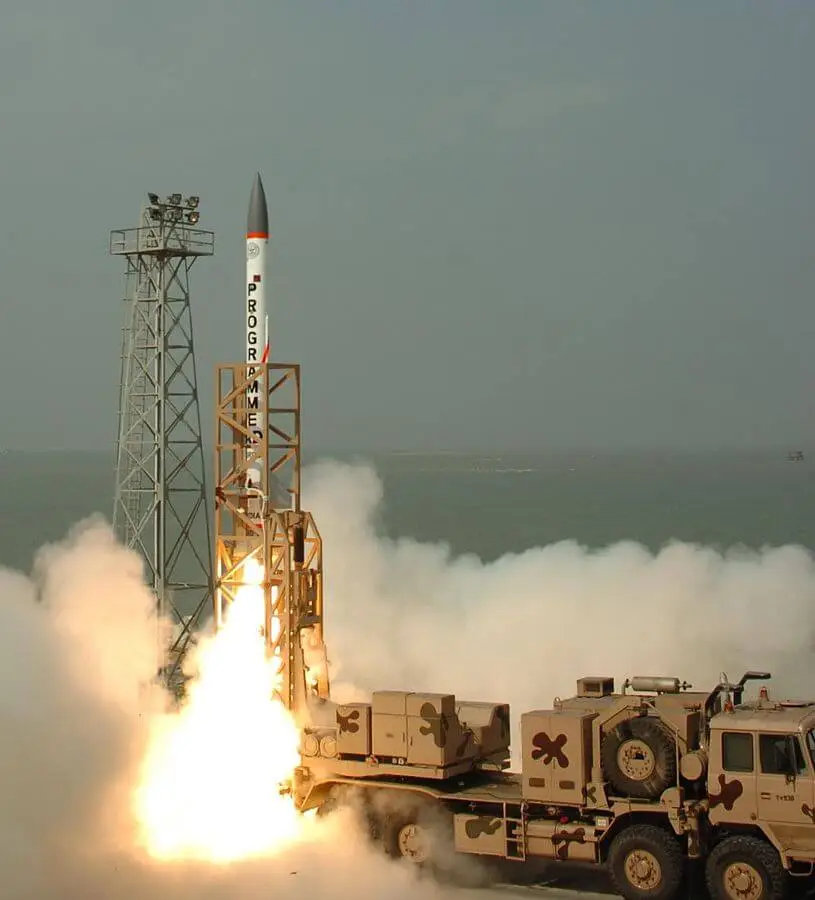
Conclusion
The landscape of missile defense systems is diverse and complex, with each country tailoring its technologies to meet specific threats and strategic needs. Globally, annual spending on missile defense systems is estimated to range between 30 billion. As geopolitical tensions persist, the development and deployment of these systems will likely continue to evolve. Understanding the capabilities and limitations of various missile defense technologies is essential for comprehending the broader implications for international security and military strategy. As nations invest in and refine their missile defense capabilities, the arms race in this critical domain is set to shape future conflicts and global stability.